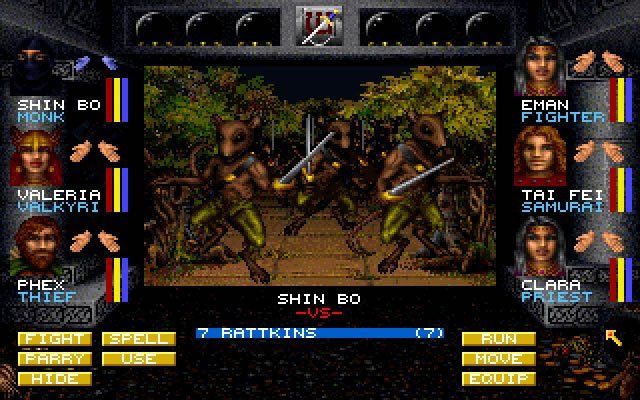Wizardry: a CRPG series

The Wizardry series holds a pivotal place in the history of computer role-playing games (CRPGs). Created by Sir-Tech, the franchise made its debut in 1981 with Wizardry: Proving Grounds of the Mad Overlord (developed by Andrew Greenberg and Robert Woodhead), a game that set the standard for many CRPGs to come on home computers. Drawing substantial inspiration from the tabletop RPG Dungeons & Dragons (as many early CRPGs did), Wizardry introduced players to a first-person perspective that was groundbreaking at the time. It combined this new feature with turn-based combat and maze-like dungeons.
As the series progressed, it continued to innovate and push the boundaries of the genre. Wizardry II: The Knight of Diamonds (1982) and Wizardry III: Legacy of Llylgamyn (1983) expanded on the original, adding new classes and spells.
Wizardry VI: Bane of the Cosmic Forge (1990) marked a significant turning point for the series. It introduced a new narrative style with a more complex and interwoven storyline, along with improved graphics and a new character creation system that offered greater customization. This evolution continued with Wizardry VII: Crusaders of the Dark Savant (1992), which is often considered one of the best games in the series.
Wizardry's influence on the CRPG genre is profound and far-reaching. It served as a foundational blueprint for many subsequent RPGs, directly inspiring other classic series such as Might and Magic and The Bard's Tale. Moreover, Wizardry struck a particular chord with audiences in Japan. Its success in Japan was so significant that it heavily influenced the development of Japanese RPGs (JRPGs), leading to the creation of numerous spin-offs and adaptations, including anime, manga, and even novelizations.
Find out more about Wizardry: Proving Grounds of the Mad Overlord
